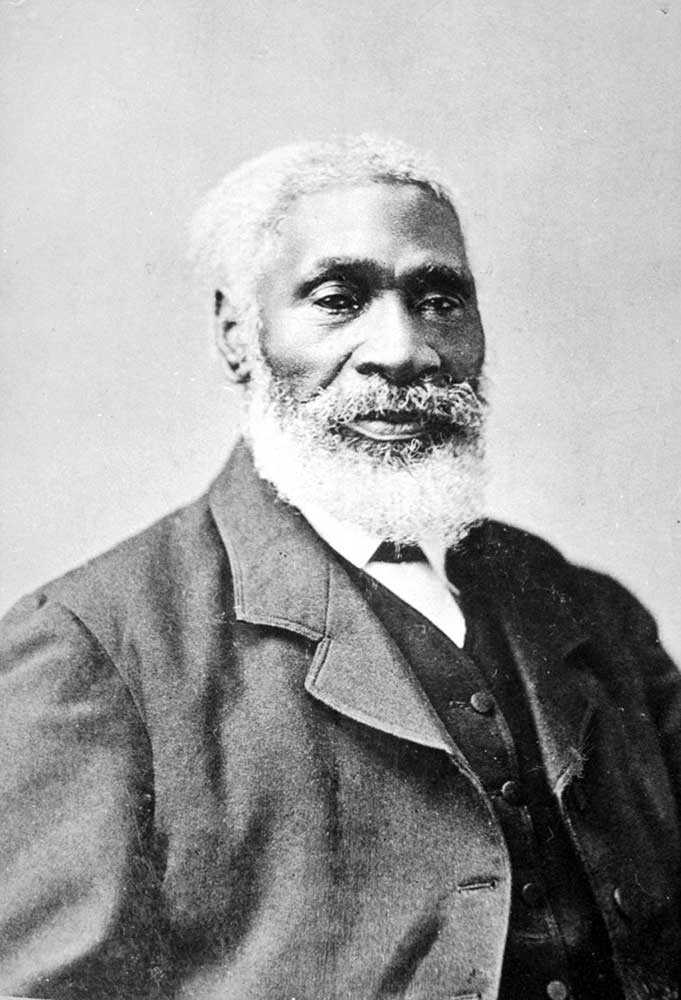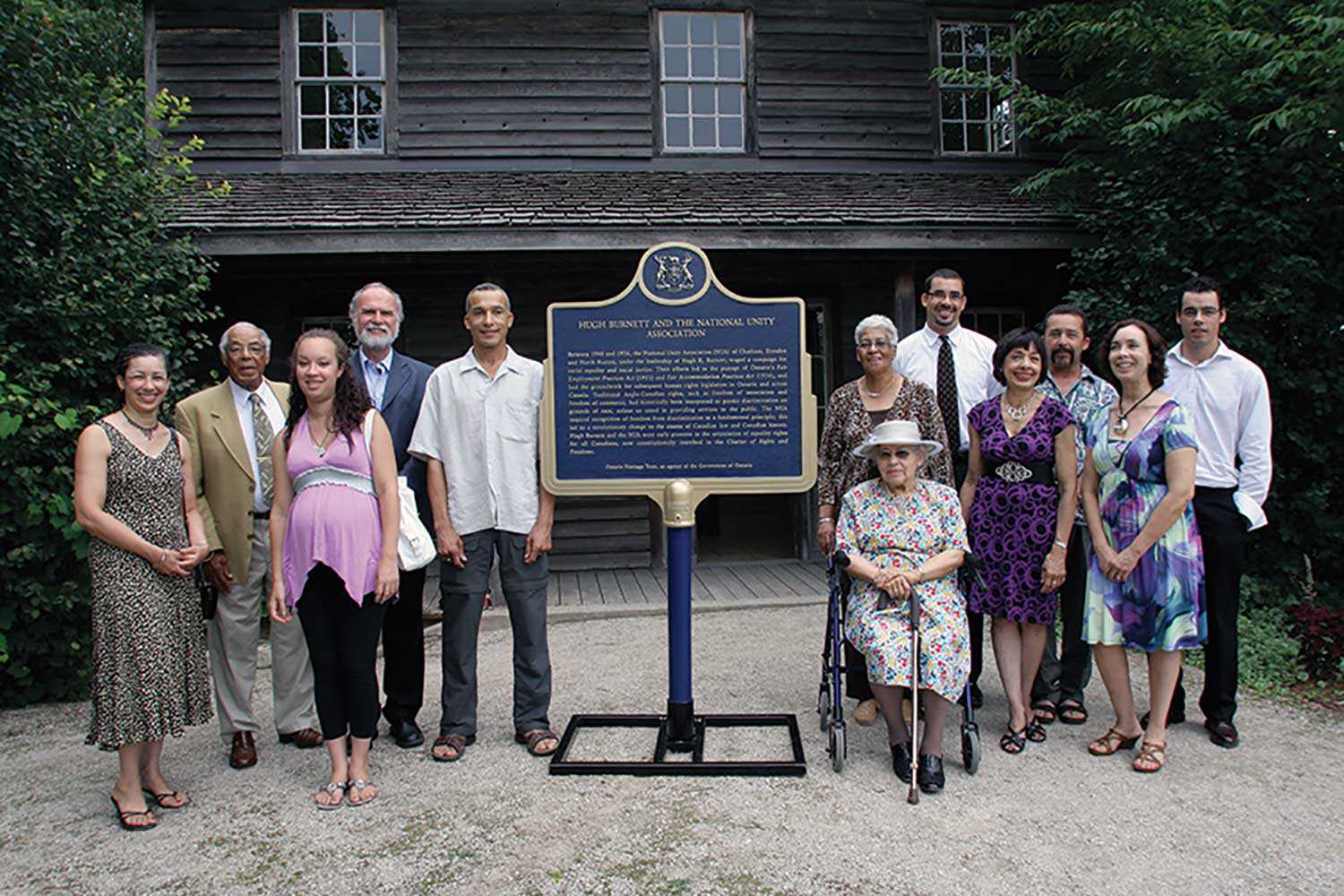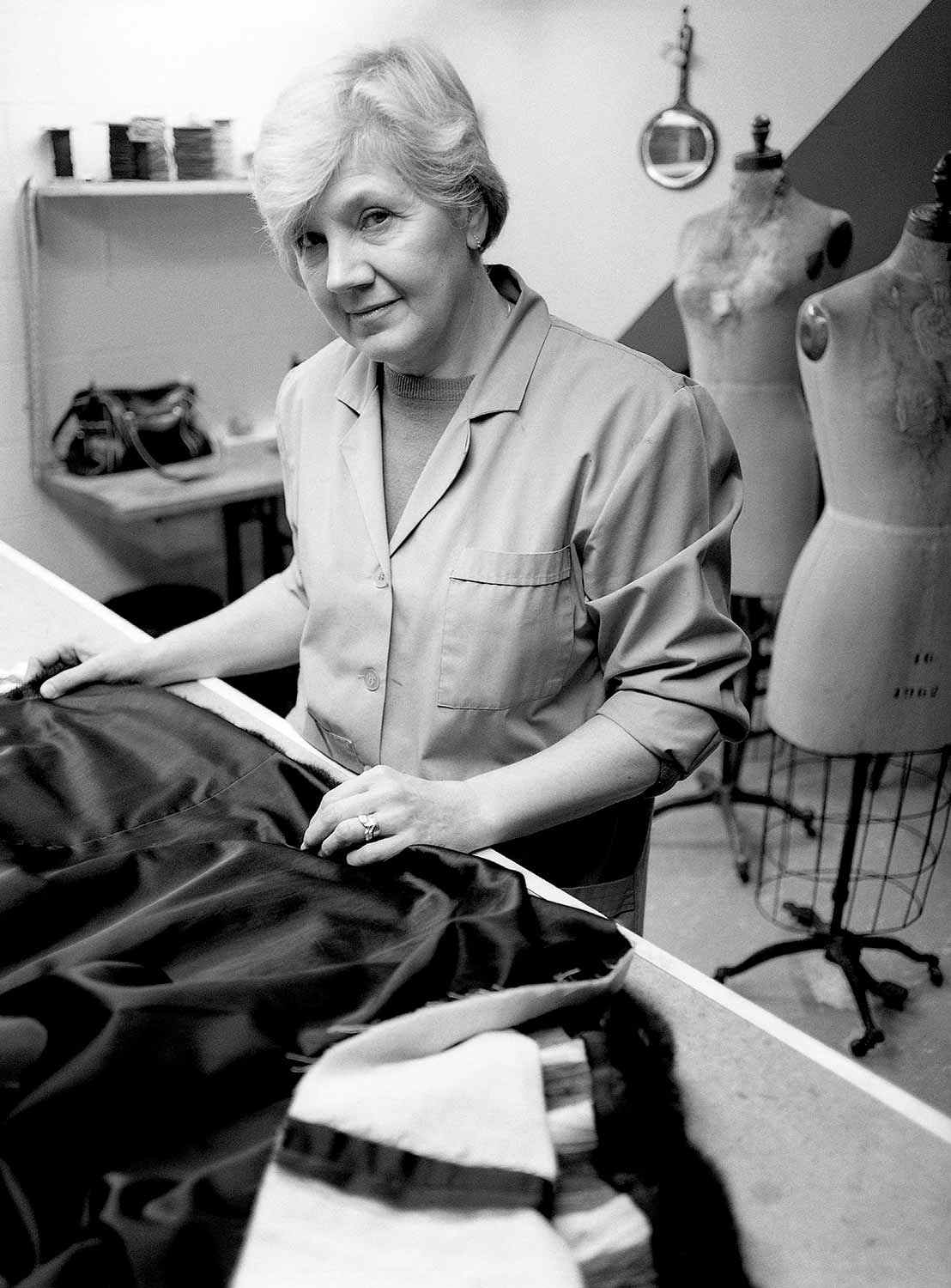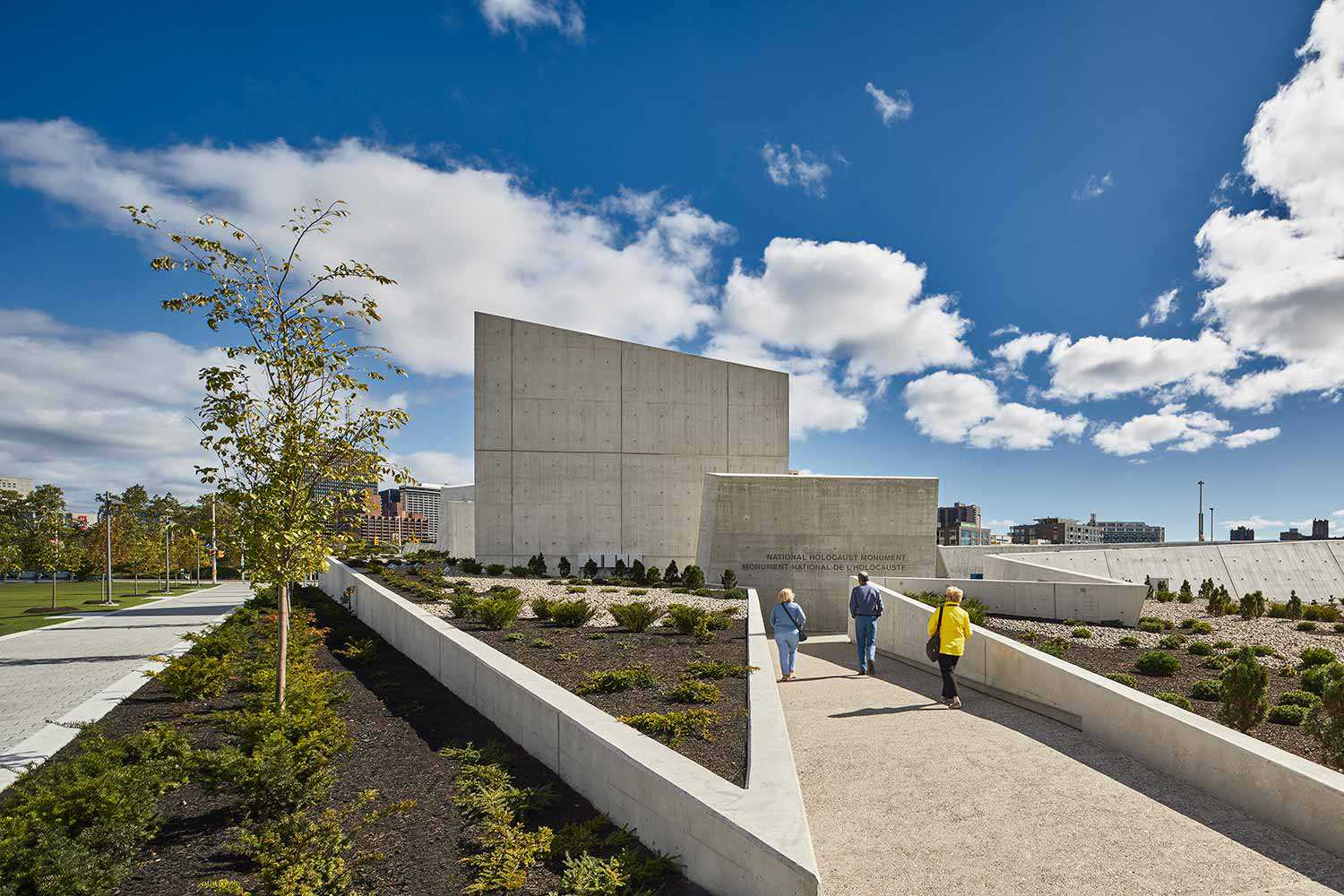

Browse by category
- Adaptive reuse
- Archaeology
- Arts and creativity
- Black heritage
- Buildings and architecture
- Communication
- Community
- Cultural landscapes
- Cultural objects
- Design
- Economics of heritage
- Environment
- Expanding the narrative
- Food
- Francophone heritage
- Indigenous heritage
- Intangible heritage
- Medical heritage
- Military heritage
- MyOntario
- Natural heritage
- Sport heritage
- Tools for conservation
- Women's heritage
Faith buildings in the age of Spiritual Not Religious
My grandfather, Alfred Fry, was a United Church lay minister working throughout Bruce and Grey counties from 1954 to 1971 with much of his ministry in Tobermory. Growing up as the youngest son of a minister in the 1950s, my father saw the inside of a lot of churches. So, when he had his own family, he chose a different path, selecting an agnostic life instead. His life has been one of connection with community and acts of charity, but not within the church. Like many young Canadians growing up in the 1970s when the decline of mainline Christianity began, I was raised outside of the church.
This is the story that I wish to tell – of how my family’s journey mirrors the journey of many Canadians away from faith, but toward a more secular vision of community. It’s a vision that allows for multiple viewpoints and ways of being, a vision that is both sacred and secular, a vision that can be lived within our historical places of faith.
As an adult, I became the General Manager of Trinity-St. Paul’s Centre for Faith, Justice and the Arts in downtown Toronto. Trinity-St. Paul’s is a professional recital hall/daycare/community centre, and home to 30-plus professional arts organizations, including Tafelmusik Baroque Orchestra. Last year, it was the gathering place of some 483 community groups. It’s also a United church. It is part of a burgeoning movement to imagine the position of faith buildings in Canada differently and more inclusively.
As mentioned above, the decline of mainline Christianity began in the 1970s and has sped up through the intervening decades. Many faith communities occupy massive historically designated edifices, built for a time when 1,000 parishioners on a Sunday was common. The decline of regular faith attendance and the rise of the “Spiritual Not Religious” movement is creating a crisis in our faith communities that is exacerbated by the weight of building maintenance. Many have now reached a critical point of decline, with the United Church of Canada reporting rates of closure of one church per week. Estimates suggest that 9,000 faith communities in Canada will close in the next decade.
One might ask – as a self-identified “Spiritual Not Religious” person – why this matters so much. Well, there are three ways that I identify myself: rurally raised, arts advocating and a champion for the value of community.
Rurally, in the smaller communities, churches are often the last standing “third spaces,” the last place that people can gather that is neither home nor work. In places like Kingsbridge (just north of Goderich), the church is the gathering place – a spot to play cards, exercise and celebrate large community events. When the Catholic diocese could no longer provide a priest to Kingsbridge Church, the community purchased it, created a new not-for-profit structure and raised $200,000 to maintain their “third space.” The new St. Joseph’s Kingsbridge Community Centre matters to me as a place to reduce the isolation of farming life.
Touring from Kingsbridge along the shores of Lake Huron to the Bruce Peninsula, we discover faith communities reconnecting with community. Tiny Leith Church near Owen Sound operates as a summer venue for the cottage community, hosting concerts and weddings. It is still managed by the United Church of Canada, but in collaboration with a dedicated group of non-congregants who ensure its continuity for everyone. Leith matters to me because of its importance to the arts and this rural community.
In an urban setting, I believe that our historical churches have a new calling. At Trinity-St. Paul’s, a recent Friday brought us our daycare picnic, an LGBTQ inclusive Eid service (which was live-streamed around the world to progressive Muslims) and the funeral of a beloved congregant. I believe that this is an appropriate role of the modern mainline Christian church. It should be a living historical place, a place where generations collide and ideas are explored. As Jane Jacobs noted in The Life and Death of American Cities, “new ideas need old buildings.” What better buildings than our historical faith buildings to invite us in with their soaring spires?
What becomes of these faith buildings when their aging congregations can no longer support them? How do we honour the past, maintain the heritage and look to the future? Travel east with me to Ottawa where Regeneration Works – a collaboration of Faith and the Common Good and the National Trust for Canada – is working with Carleton University as it reimagines the Dominion-Chalmers United Church. This church will remain resident but will be joined by Carleton’s department of music, the Ottawa Symphony Orchestra, Chamberfest and the public library. What an opportunity to bridge cross-generational divides, to explore other viewpoints, and to be included in the broader community!
Models such as these are springing up around the country. Alternate governance structures are being undertaken that allow for broader community engagement (e.g., the Spire of Sydenham). Social enterprises are being created that provide meaningful employment and food security (e.g., Paris Presbyterian and Église de Saint-Pacôme). Arts and culture are being celebrated and historical ways of rural living commemorated (e.g., the Indian River Music Festival and the Maison de la Culture Jean-Marc Gendron).
In the 1950s, while my grandfather was the lay leader in the United Church at Tobermory, the Catholic Church there discovered that they could no longer occupy their building. They were invited to temporarily reside with the United Church. In 2004 (having resided together for all those intervening years), they built a new church together that is both Catholic and United. I cannot help but imagine – as I write about a more inclusive, open, community-engaged church – that my grandfather is smiling down at me and seeing his vision reflected in my eyes.
























